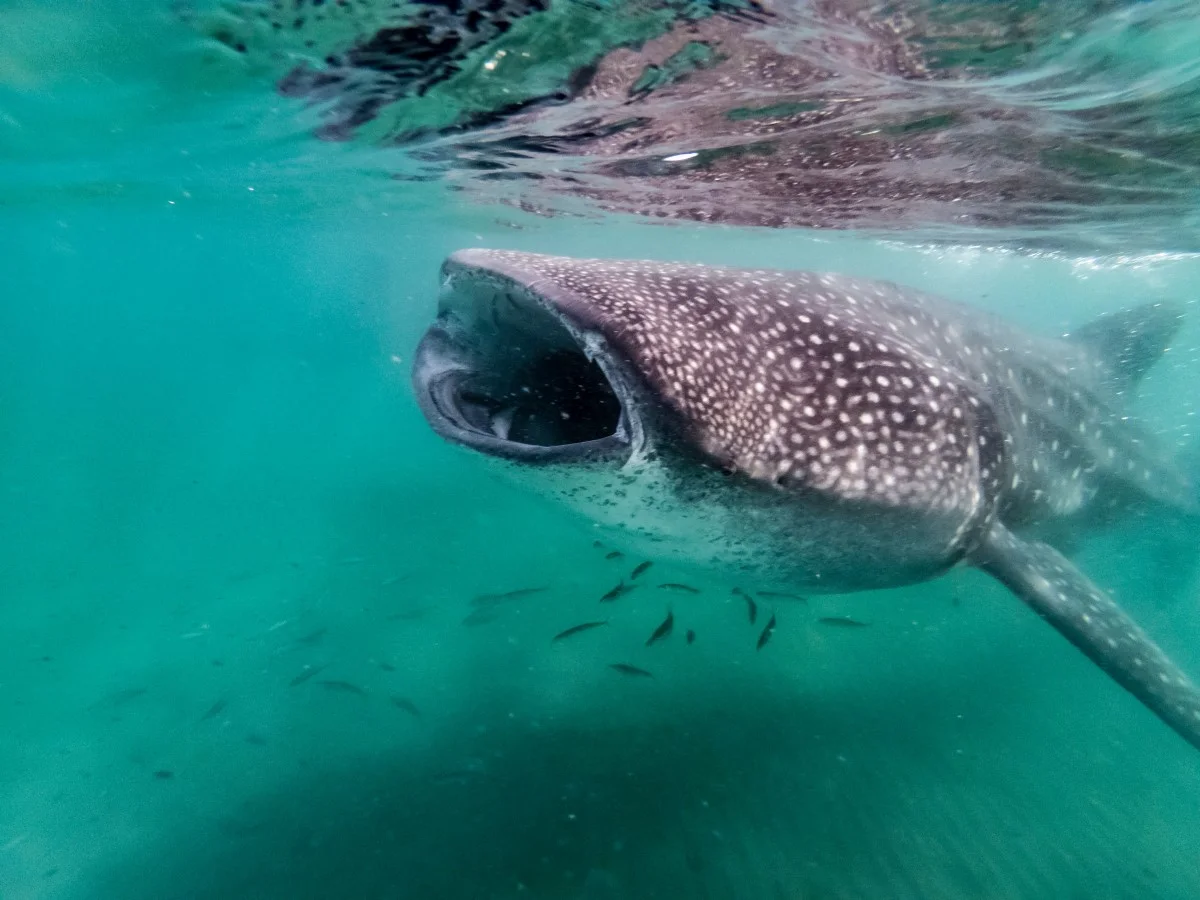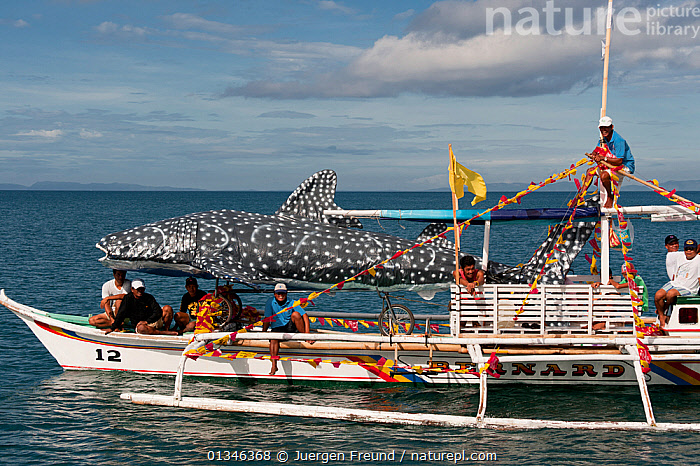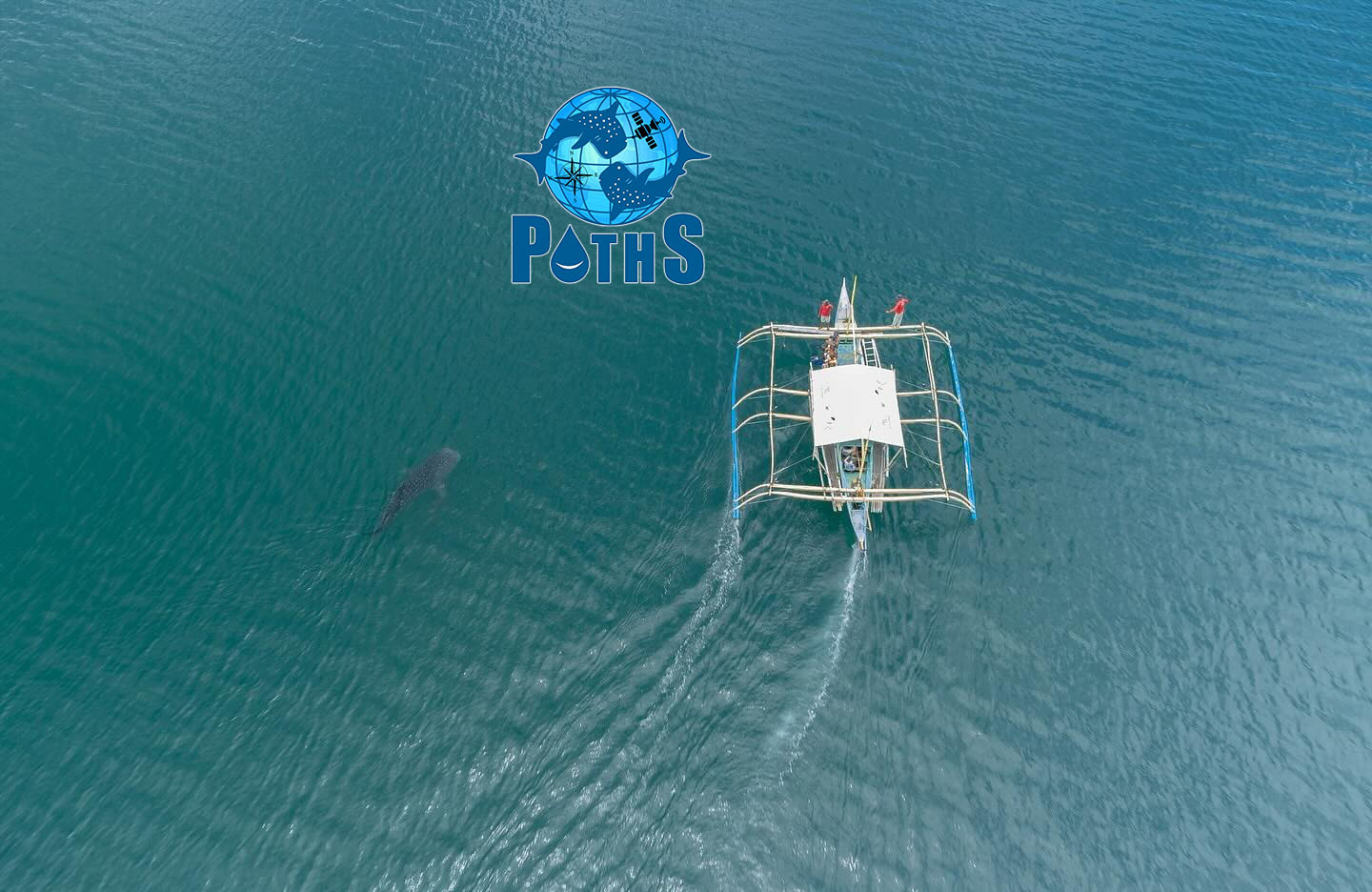LAWS
Fisheries Administrative Order (FAO) No. 193, Series of 1998: This is a crucial national law that bans the taking or catching, selling, purchasing, possessing, transporting, and exporting of whale sharks and manta rays in Philippine waters. It also makes it unlawful to wound or kill them, even accidentally, while catching other species. If a whale shark is accidentally caught, it must be immediately released unharmed. https://elibrary.judiciary.gov.ph
Republic Act No. 8550 (Philippine Fisheries Code of 1998), as amended by Republic Act No. 10654: This comprehensive law includes provisions for the protection of aquatic species listed in the Appendices of the Convention on International Trade in Endangered Species of Wild Flora and Fauna (CITES). As whale sharks are listed in CITES Appendix II, they are automatically protected under this act. https://www.bfar.da.gov.ph
Administrative Order No. 282, Series of 2010: Issued by the Office of the President, this order intensifies the protection of whale sharks. It mandates the coordination of government agencies, enjoins cooperation from all seagoing vessels in locating and monitoring whale shark pathways, and requires local government units (LGUs) to initiate the rescue of wounded whale sharks. It also provides for rewards or incentives for individuals who provide information leading to the arrest of offenders or the rescue of wounded whale sharks. https://lawphil.net
Fisheries Administrative Order No. 271, Series of 2023: This order specifically sets rules and regulations for the protection of cetaceans and whale sharks from purse seine and ring net fishing operations. It prohibits setting nets on schools of fish associated with these animals if they are sighted and outlines procedures for safe release if they are unintentionally encircled. https://www.bfar.da.gov.ph
Republic Act No. 10654 (An Act Amending Republic Act No. 8550): This law amends the Philippine Fisheries Code to strengthen the protection of marine resources, including whale sharks. It includes provisions for the conservation and management of fishery resources, and it emphasizes the importance of sustainable fishing practices. https://www.bfar.da.gov.ph
Republic Act No. 9147 (Wildlife Resources Conservation and Protection Act): This law provides for the conservation and protection of wildlife resources and their habitats, including whale sharks. It establishes a framework for the sustainable management of wildlife resources and mandates the creation of protected areas for their conservation. https://www.denr.gov.ph
Whale Shark Conservation and Plankton Tracking
Whale Sharks (Rhincodon typus) are the largest fish in the world. They grow up to 40 feet long and weigh over 20 tons (NOAA, 2024). Despite their massive size, Whale Sharks are gentle creatures that feed on tiny plants and animals called plankton. They migrate in various oceans to find food and mate. However, their movements and location are not well understood.
According to Basiero (2025), shark tourism has great potential to contribute enormously not just to the conservation of the species but also to national and local economies. Whale sharks contribute not only to tourism but to the economy as well.
Donsol, a small fishing village in Sorsogon, Philippines, is renowned as the Whale Shark Capital of the World. From November to June, Whale Sharks (locally: butanding) gather in Donsol Bay to feed. Peak sightings occur between February and April (Journey Era, 2023).
Science Direct (2024) estimates about 479 Whale Sharks in Donsol, around 44% of the Philippines' total identified population. This number can fluctuate due to environmental changes and migration.
Plankton—tiny plants and animals—are vital to the ocean food chain. Donsol Bay’s rich plankton supply, fed by the Donsol and Ogod rivers, attracts Whale Sharks. By tracking plankton populations, we can better predict their locations.
Whale Sharks are difficult to track because of their long-distance migrations, deep dives, and lack of natural markings.
Our proposed website, PATHS: Plankton's Abundance Tracking and current Habitat prediction System, will use satellite and sensor data to map plankton and identify Whale Shark habitats with graphs and interactive maps.
NOAA’s CoastWatch and NASA’s Ocean Color platforms will provide critical satellite data. Our system enhances conservation, research, and public awareness through accessible and visually interactive data.
Dong (2024) introduced PhyTracker, a real-time phytoplankton tracker, while Woodson (2012) emphasized that small-scale organism behavior affects large-scale plankton distribution.
PATHS will become a vital tool in marine research, tracking environmental factors and supporting long-term Whale Shark conservation.











